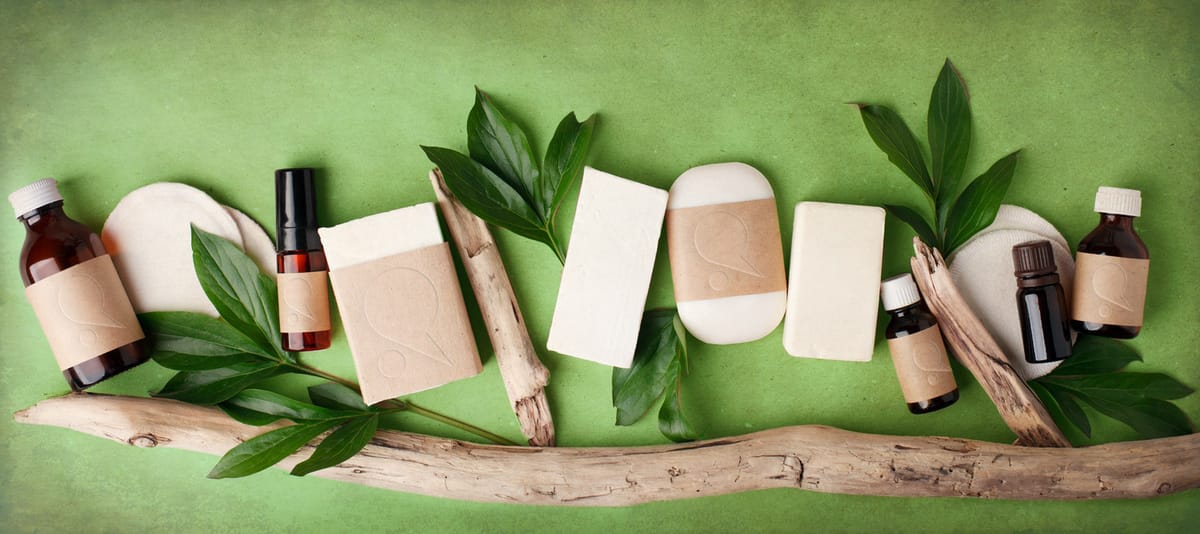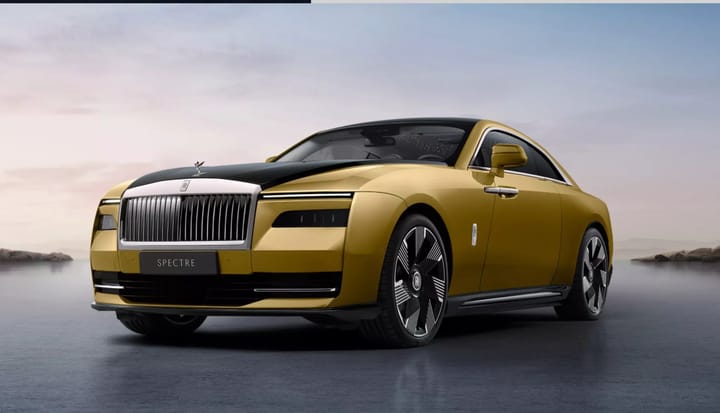The Emergence of Eco-Friendly Beauty

The Shift Towards Sustainable Beauty
The beauty industry is undergoing a transformative shift, driven by the growing awareness of environmental issues and the desire for a more sustainable lifestyle. Clean beauty trends are evolving to prioritize eco-friendliness, moving beyond mere aesthetics to encompass a deeper responsibility towards the planet.
The Rise of Eco-Conscious Consumers
Consumers are seeking products that not only benefit their skin but also the planet. This shift in consumer behavior is driving the demand for eco-friendly beauty products, with many individuals willing to pay a premium for sustainable and environmentally responsible options.
According to recent studies, over 80% of consumers consider environmental impact when making purchasing decisions. This growing awareness is fueled by concerns about climate change, deforestation, and water pollution, highlighting the need for sustainable practices throughout the beauty industry.
Key Drivers of Sustainable Beauty
Several factors are contributing to the emergence of eco-friendly beauty:
- Natural Ingredients: The demand for natural, organic, and plant-based ingredients is on the rise, with consumers seeking products free from harsh chemicals and synthetic additives.
- Minimal Waste: Brands are adopting minimal packaging, refill options, and biodegradable materials to reduce waste and minimize environmental footprint.
- Renewable Energy: Companies are transitioning to renewable energy sources, reducing carbon emissions and promoting sustainable manufacturing practices.
- Transparency: Consumers expect brands to provide clear information about ingredients, sourcing, and production processes, ensuring accountability and trust.
As the beauty industry continues to evolve, the Green Goddess is rising – a symbol of a new era where sustainability meets beauty. With eco-friendly options becoming increasingly mainstream, consumers can now indulge in effective, luxurious beauty products while supporting a healthier planet.
Key Drivers of Eco-Friendly Beauty
The shift towards eco-friendly beauty has gained significant momentum in recent years, driven by several key factors. As consumers become increasingly conscious of their impact on the planet, the demand for sustainable beauty products has skyrocketed.
1. Growing Awareness of Environmental Impact
The beauty industry's environmental footprint can no longer be ignored. From water pollution to deforestation, the consequences of traditional beauty practices have sparked widespread concern. Consumers are now seeking out eco-friendly alternatives that minimize harm to the environment. According to a recent survey, 75% of consumers consider the environmental impact of a product before making a purchase.
2. Increasing Demand for Natural and Organic Products
The demand for natural and organic beauty products has experienced unprecedented growth. Consumers are seeking products that not only benefit their skin but also promote overall well-being. Organic ingredients, free from harsh chemicals and synthetic additives, have become the gold standard. This shift has led to the emergence of innovative, plant-based beauty solutions that cater to diverse skin types and concerns.
3. Rise of Refill Culture and Zero-Waste Packaging
The beauty industry's packaging problem has long been a point of contention. Single-use plastics, excessive packaging, and non-recyclable materials have contributed significantly to waste and pollution. In response, refill culture and zero-waste packaging have become increasingly popular. Brands are now adopting innovative solutions such as reusable containers, biodegradable materials, and refill stations, reducing waste and redefining the beauty industry's relationship with packaging.
As these key drivers continue to shape the beauty landscape, the future of eco-friendly beauty looks brighter than ever. With consumers, brands, and governments working together, we can expect a seismic shift towards a more sustainable, environmentally conscious beauty industry.
Trends to Watch
As the eco-friendly beauty movement continues to gain momentum, several trends are emerging that are set to revolutionize the industry. Here are some key trends to watch:
Plant-based Ingredients and Formulations
The demand for plant-based ingredients is on the rise, driven by consumer concerns about animal welfare, health, and the environment. Eco-friendly beauty brands are responding by incorporating botanical extracts, essential oils, and natural actives into their products. Some of the most popular plant-based ingredients include:
- Green tea extract, renowned for its antioxidant and anti-inflammatory properties
- Chamomile, soothing and calming for sensitive skin
- Turmeric, prized for its brightening and anti-aging benefits
- Neem, a natural antiseptic and acne-fighter
These plant-based ingredients not only promote healthy skin but also reduce the environmental impact of beauty products.
Circular Business Models and Closed-Loop Production
The beauty industry is notorious for its waste generation, with millions of packaging units ending up in landfills each year. To combat this, eco-friendly beauty brands are adopting circular business models that prioritize reuse, recycling, and minimal waste. Strategies include:
- Refillable packaging options
- Biodegradable or compostable materials
- Take-back programs for empty containers
- Zero-waste manufacturing processes
By embracing circular business models, beauty companies can significantly reduce their environmental footprint.
Inclusive and Diverse Product Ranges for All Skin Types
The beauty industry has long been criticized for its lack of diversity and inclusivity. Eco-friendly beauty brands are now leading the charge in providing products that cater to diverse skin types, tones, and concerns. This includes:
- Products for sensitive skin, acne-prone skin, and skin conditions like eczema and psoriasis
- Shade-inclusive foundations and tinted moisturizers
- Gender-neutral and unisex products
- Culturally sensitive and traditional ingredients
By embracing diversity and inclusivity, eco-friendly beauty brands are promoting a more equitable and empowering beauty standard.
The Future of Clean Beauty
The clean beauty revolution is gaining momentum, and its impact will be felt for years to come. As consumers become increasingly conscious of the environmental and health implications of their purchasing decisions, the beauty industry is evolving to meet their demands. Here are some key trends that will shape the future of clean beauty:
Expect more innovation in sustainable packaging and product development
Companies are already exploring eco-friendly packaging alternatives, such as refillable containers, biodegradable materials, and minimal designs. In the future, we can expect even more innovative solutions that reduce waste and minimize environmental impact. Product development will also focus on sustainable ingredients, efficient manufacturing processes, and reduced carbon footprints.
Brands will prioritize transparency and accountability in their eco-friendly claims
As consumers become more savvy, brands will need to back up their eco-friendly claims with credible certifications, thorough ingredient disclosure, and transparent manufacturing processes. This shift towards accountability will help build trust and ensure that companies are truly committed to sustainability.
Eco-friendly beauty will become the new standard, not just a niche
Clean beauty is no longer a fringe movement; it's becoming a mainstream expectation. As consumers continue to drive demand for sustainable products, eco-friendly beauty will become the norm. Companies that fail to adapt risk being left behind, while those that embrace sustainability will thrive in the new beauty landscape.


















Comments ()